Search
Search Results
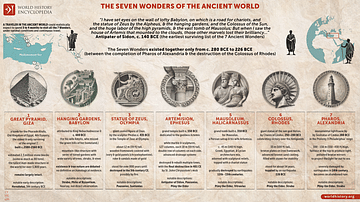
Definition
The Seven Wonders
The Seven Wonders of the Ancient World were seven impressive structures famously listed by ancient writers including Philo of Byzantium, Antipater of Sidon, Diodorus Siculus, Herodotus, Strabo, and Callimachus of Cyrene, among others. The...
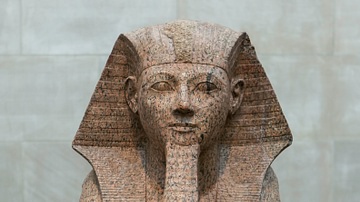
Image
Sphinx of Hatshepsut
Sphinx of Hatshepsut (ca. 1479–1458 BCE). This colossal sphinx portrays the female pharaoh Hatshepsut with the body of a lion and a human head wearing a nemes–headcloth and false beard. The sculptor has carefully observed the powerful muscles...
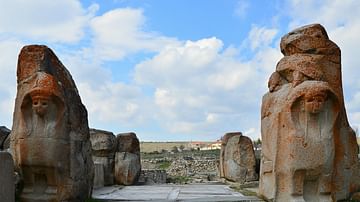
Image
The Sphinx Gate, Alacahöyük (Hittite settlement)
The Sphinx Gate at Alacahöyük (the site of a Neolithic and Hittite settlement in central Turkey) was built in the 14th century BCE. It was the south entrance of the city and was fortified with towers. It was flanked by sphinx protomes sculpted...
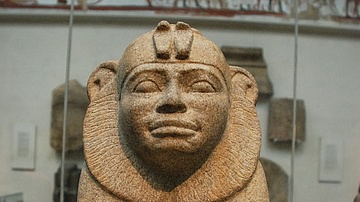
Image
Taharqa Sphinx
Granite sphinx of Taharqa, 25th Dynasty, c. 690-664 BCE. This statue from Kawa (Temple T) in Sudan shows the Pharaoh's face on a Lion figured sphinx, a form of royal representation borrowed from Middle and New Kingdom art. Taharqa was...
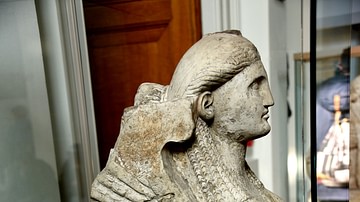
Image
Greek Sphinx, British Museum
Greek sphinx that may once have guarded the tomb of a Greek inhabitant in Egypt. Roman Egypt, 2nd century CE. In Greek mythology, the sphinx was a monster with the head of a woman, a bird's wings, the body of a lion, and often a serpent's...
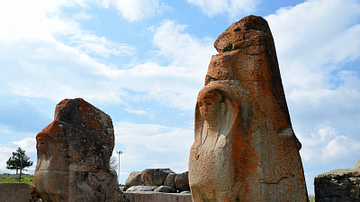
Image
Sphinx Gate at Alacahöyük
The Sphinx Gate at Alacahöyük (the site of a Neolithic and Hittite settlement in central Turkey) was built in the 14th century BCE. It was the south entrance of the city and was fortified with towers. It was flanked by sphinx protomes sculpted...
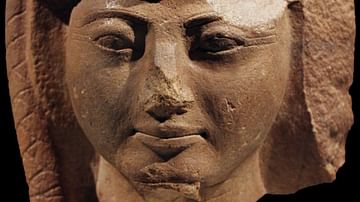
Definition
Khaemweset
Khaemweset (also given as Khaemwaset, Khaemwise, Khaemuas, Setem Khaemwaset, c. 1281-c.1225 BCE) was the fourth son of Ramesses II (1279-1213 BCE) and his queen Isetnefret. He is the best known of Ramesses II's many children after the pharaoh...
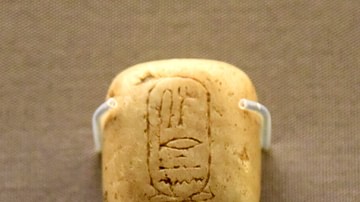
Article
Ancient Egyptian Taxes & the Cattle Count
The gods of ancient Egypt freely gave their bounty to the people who worked the land, but this did not exempt those farmers from paying taxes on that bounty to the government. Egypt was a cashless society until the Persian Period (c. 525...
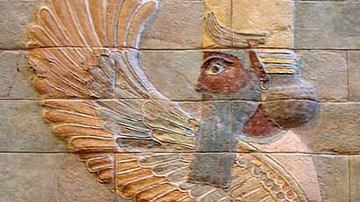
Image
Winged Sphinx of Susa
Winged Sphinx from the palace of Darius the Great (549-486 BCE) at Susa.
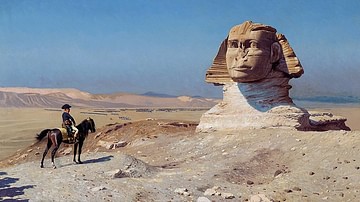
Image
Bonaparte Before the Sphinx
Bonaparte before the Sphinx, oil on canvas by Jean-Léon Gérôme, 1886.
Hearst Castle collection.